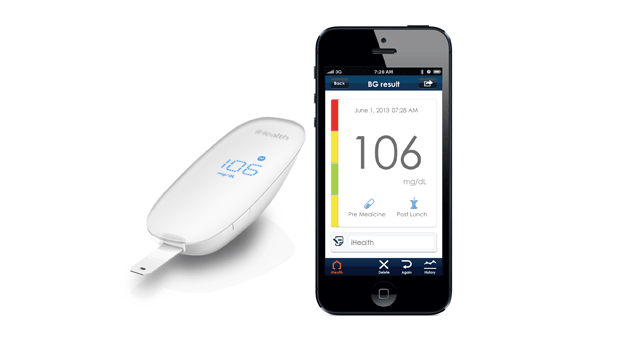Studying People with Type 1 Before They’re Born

Image: ENDIA research nurse Meredith Krieg and participant Cadence Haynes
Editor’s note: Scientists have long been trying to determine what environmental factors could increase the risk of developing Type 1 diabetes; they also have been studying how early Type 1 diabetes can be detected. A new study combines these two questions, as researchers examine what environmental factors during pregnancy might influence the risk of a child developing Type 1 diabetes. Australian-based researcher Dr. Megan Penno shared information on the study with us:
The ENDIA study is an Australia-based investigation aimed at discovering what causes children to develop Type 1 diabetes. ENDIA stands for “Environmental Determinants of Islet Autoimmunity.”
As the name suggests, researchers believe that interactions between our genes and the modern environment are responsible for the rising incidences of Type 1 diabetes in Australia, United States, Europe, and all Western countries over the past 30 years. The largest increase in the incidence of Type 1 diabetes has been observed in the Scandinavian countries of Finland and Sweden. Today in the United States and Australia, approximately 25 in 100,000 children are diagnosed with Type 1 every year; this rate was only 11 per 100,000 children little more than thirty years ago.
Aside from this increase in the rate of diagnosis, there are three other pieces of evidence that suggest both genetics and environment trigger Type 1 diabetes.
First, when one identical twin develops Type 1 diabetes, the chance of the other twin developing the condition is near 50 percent. If Type 1 were purely a genetic condition, that rate should be closer to 100 percent. However, if Type 1 were solely triggered by the environment, then the risk to the unaffected twin would be that of any other sibling, or around 6 percent.
Read more: How to detect Type 1 diabetes years in advance
Second, fewer newly diagnosed individuals are carrying the genes traditionally associated with Type 1 diabetes than in the past. This doesn’t mean that people carrying these genes are less likely to develop Type 1 diabetes than they were 30 years ago; rather some who are developing Type 1 diabetes today would have been less likely to do so in the previous century.
Third, populations of people with similar genetics living in different geographical regions have different rates of Type 1 diabetes. This is best demonstrated by researching genetically similar populations living in Finland, where the rate of Type 1 diabetes in children is more than 40 per 100,000, to nearby Russian Karelia, where the rate is less than 8 per 100,000. The lifestyles of people living in Finland and Karelia are vastly different despite their genetic similarities, suggesting the environment may be involved in triggering Type 1 diabetes.
Much of what scientists currently know about the factors that may trigger Type 1 diabetes has been identified via large-group studies of children and babies at risk of Type 1 diabetes across Europe and North America. Such studies have reported that factors such as food exposures and nutrition, lack of vitamin D and fish oils in the diet, viral infections of the gut and respiratory tract, and the health of microbial communities in the body may be implicated in Type 1 diabetes development.
Read more: Why do Finns have a higher rate of Type 1 diabetes than Russians?
These studies tracked newborns with a high genetic risk of developing Type 1 diabetes. This means that the child’s environment was studied after birth and any data collected about the pregnancy is considered retrospective, or after-the-fact.
The ENDIA study instead is exploring what might happen in utero to influence Type 1 rates. Currently, ENDIA is the only cohort study in the world to follow at-risk children from the beginning of pregnancy into early childhood. It could provide new insights into how and why some children start to develop Type 1 diabetes from early life, which may lead to ways of preventing Type 1 diabetes in future generations.
To learn more about the ENDIA study please visit the website at www.endia.org.au or follow the Facebook page at www.facebook.com/endiastudy.
Thanks for reading this Insulin Nation article. Want more Type 1 news? Subscribe here.
Have Type 2 diabetes or know someone who does? Try Type 2 Nation, our sister publication.







